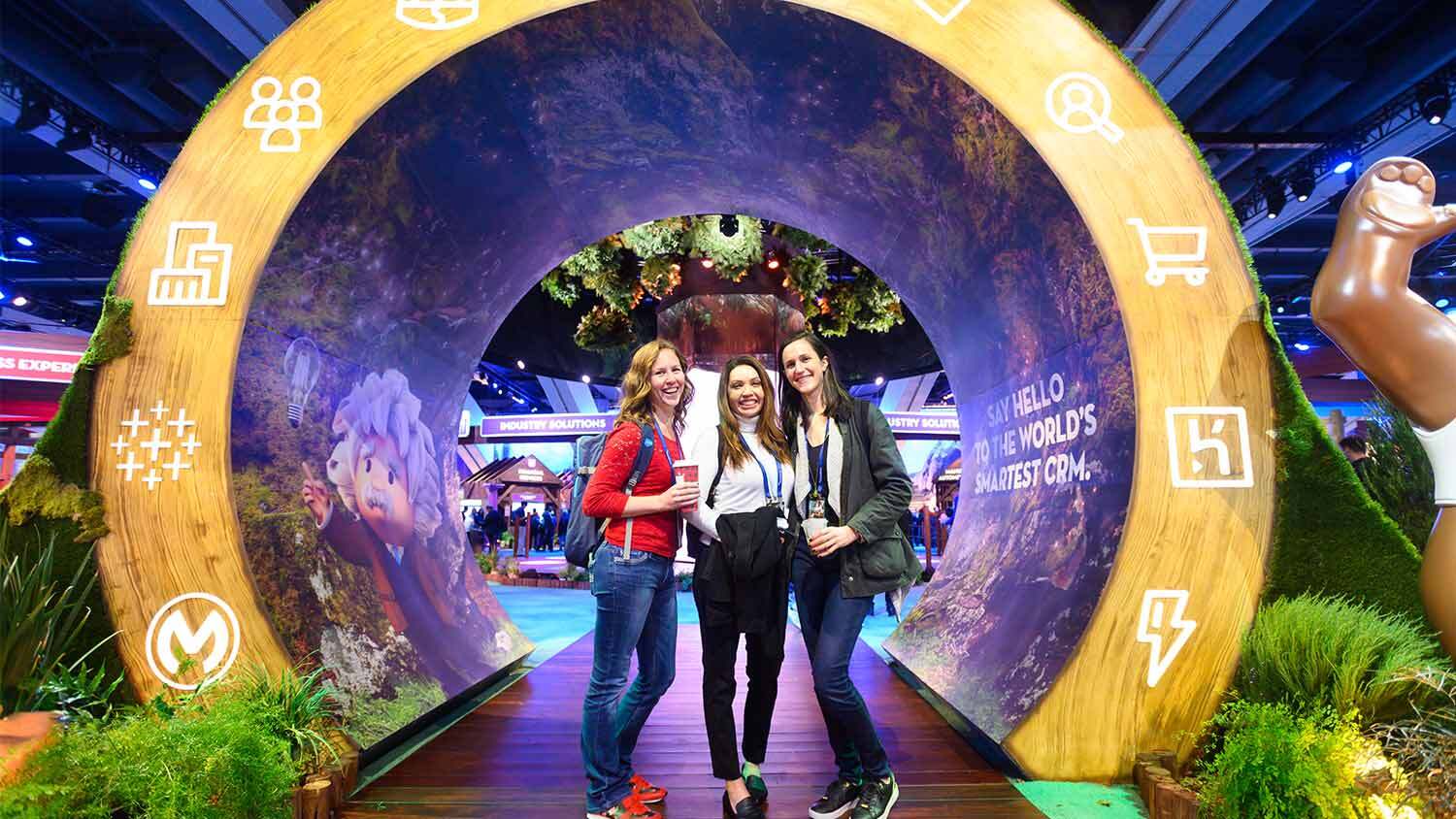
Get your FREE 30-day trial.
Start by selecting a product:
With all the buzz around the Internet of Things, it’s hardly surprising that the Salesforce IoT Cloud was a key feature of the Dreamforce keynote this year. What became really clear is that IoT is intrinsically connected to the Internet of Customers – you can’t have one without the other. And here’s why:
We are surrounded by data
Andrew Birmingham in his article for Which50, relays that “90% of the world’s data has been created in the last year.” Everything’s connected! These days you can connect to your phone, your car, your refrigerator; you can even connect your business data to Microsoft Outlook.
Writing for the Australian Financial Review, Rose Powell quotes Microsoft Chief Executive Satya Nadella, who says, “Data is the real currency for your company. This big shift (in computing right now) will be characterised by what we did with the data we could access.”
The IoT Cloud connects billions of data events from devices, sensors, applications and more to Salesforce — which in turn lets customers unlock valuable insights from this connected world. These insights empower anyone to take the right action, for the right customer, at the right time.
Data insights power human connection
The IoT Cloud is powered by Thunder, a massively scalable, real-time event processing engine that lets companies personalise the way they sell, service, market and more. Behind every data event there is a real person - a customer - and it’s important not to lose sight of that.
Azadeh Williams from CMO positions it perfectly, writing, “IoT Cloud is set to transform the way businesses access and engage with customers using all this data.”
So the question becomes how to leverage the IoT cloud as a way to get closer to customers? The answer is through harnessing these events. The simple science behind IoT lies in capturing them – billions of them – in real time. It’s the way you engage with and respond to those events that ultimately brings you closer to customers.
What exactly is an event?
Using the example given in the Dreamforce keynote, imagine a scenario where someone wants to start using Microsoft Office 365. When they sign up online, that’s an event; when they receive an email in response to that sign up, that’s an event; and, when they download the app, that’s also an event. There are billions of events happening all the time. The smart part is the ability to single out and define important events from the masses.
When you capture that event data, and associate it with one person – a customer –then apply some rules, you can do amazing things.
For example, what if you were to take the events relating to a single customer and use them to improve that customer’s relationship with your brand? What if you could tell that the customer had successfully downloaded your software but had failed to enable a feature that would really help their business? Armed with that information, you would then have the power to connect that CRM-stored data to the Marketing Cloud and send them an offer or a communication that improves their experience.

So, what does it all mean?
Quite simply, machine data has the potential for taking the guess work out of business interaction. Capturing customer events and using them as a guide to in the journey to greater success is a powerful tool. It’s exciting to have Microsoft on board as a launch partner, to demonstrate to its vast network of users just how powerful that combination of data and customer can be.
As reported in The Australian, by David Swan, “Salesforce CEO Marc Benioff has praised his new-found relationship with rival tech giant Microsoft…He said customers were ‘the most important thing’ when evaluating whether to partner up with a rival like Microsoft, and deciding how to manage that relationship.”
Now, let me take you back that “90% of the world’s data was created in the last twelve months” statistic. With that in mind, who knows what might be possible in the next twelve?
Find out more on the IoT Cloud